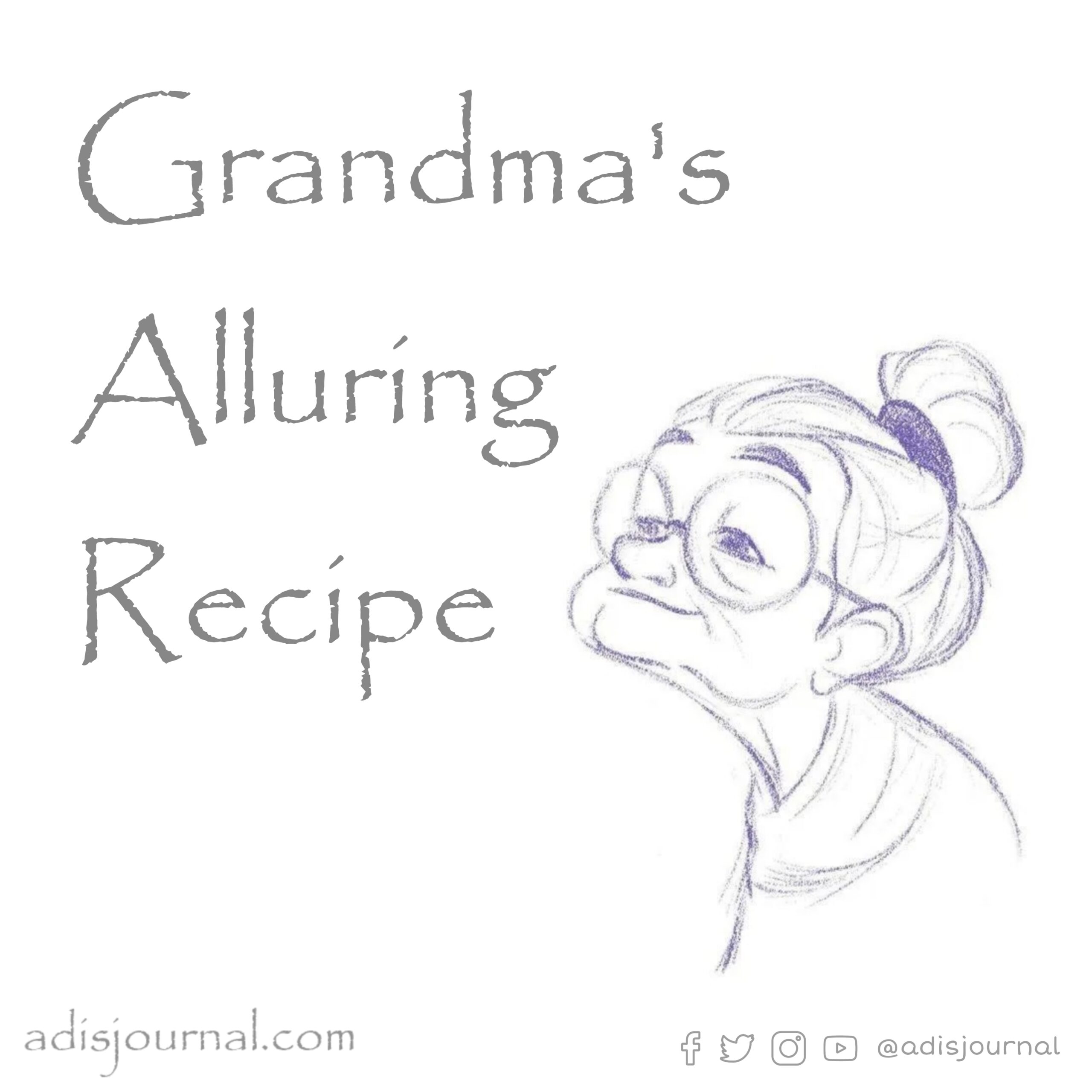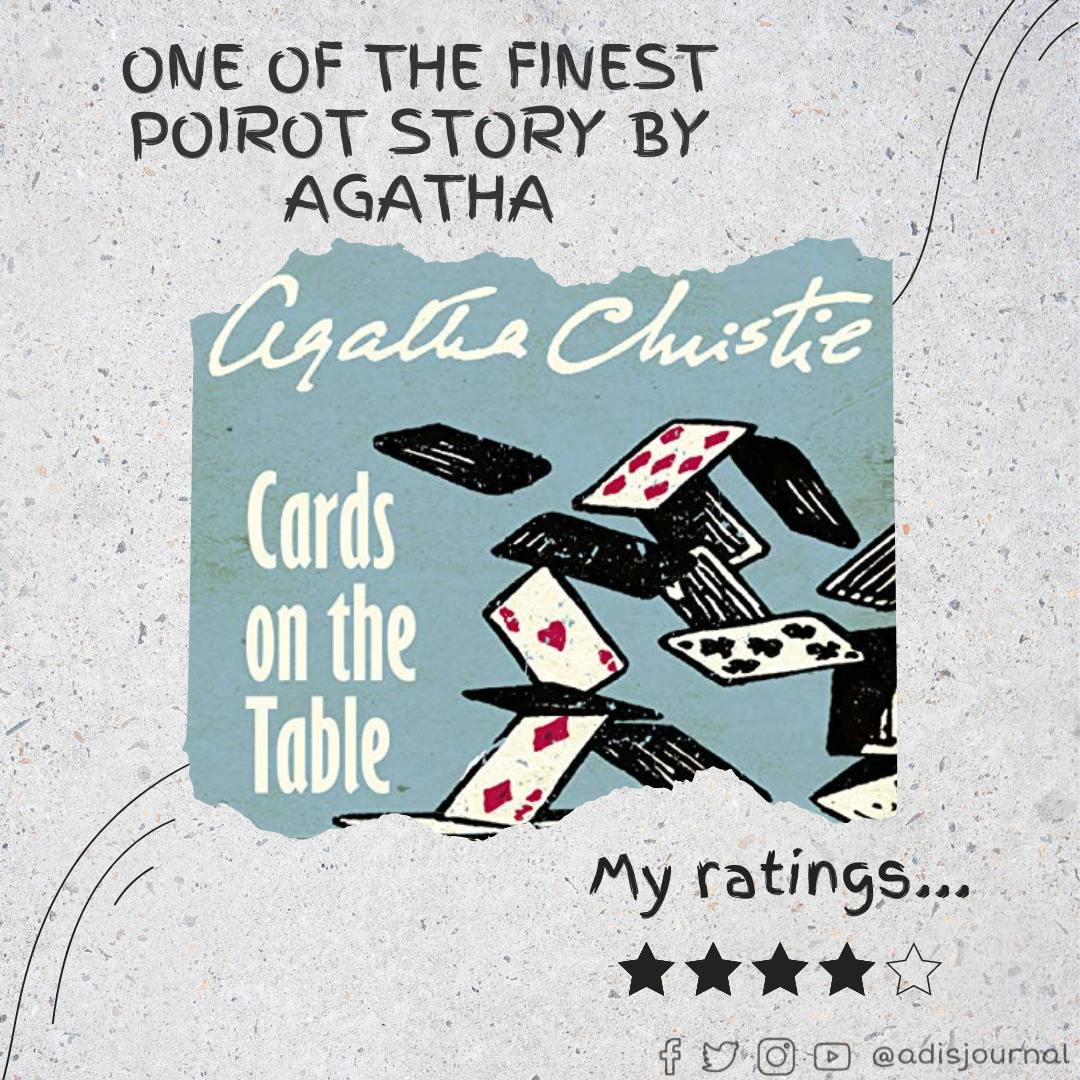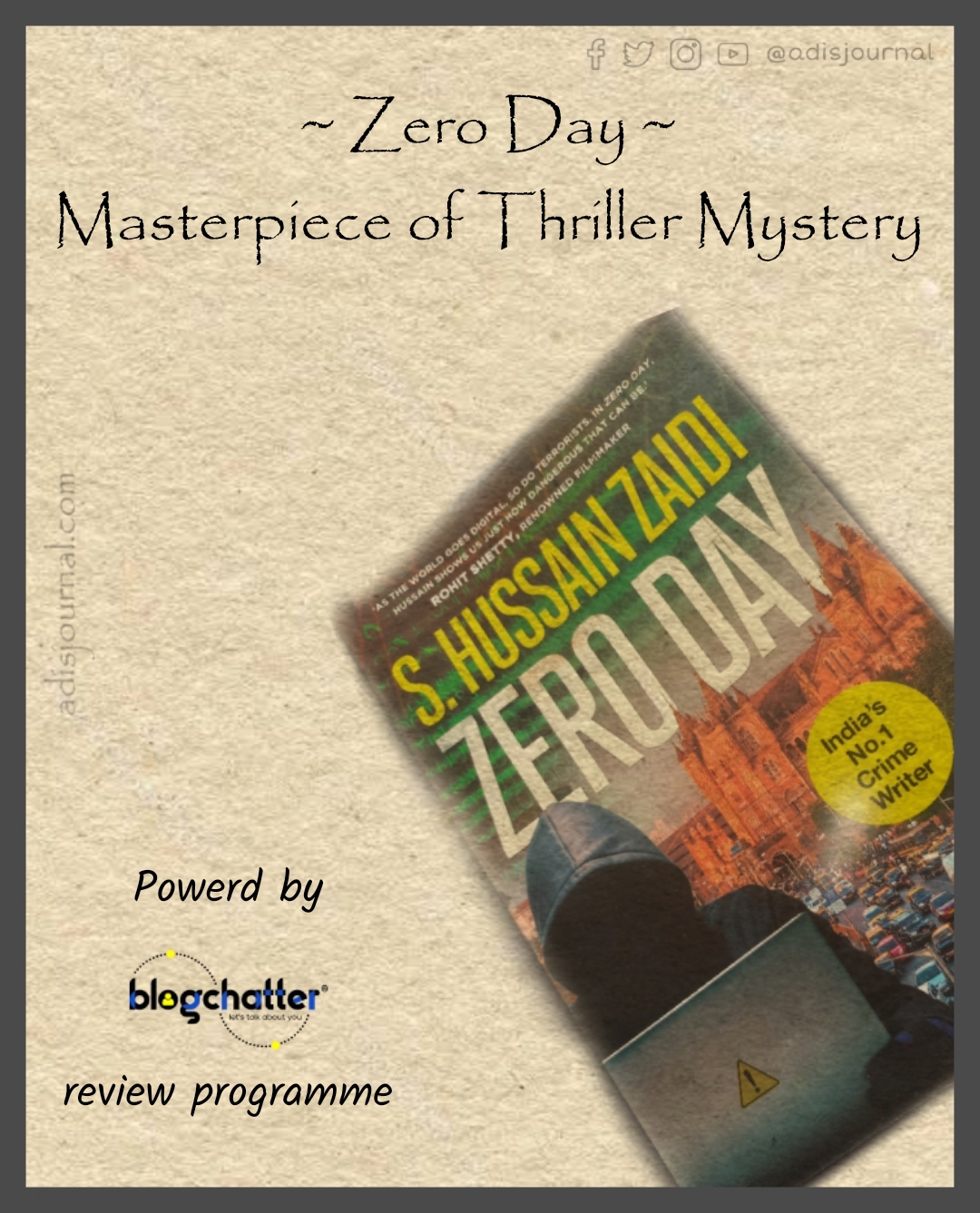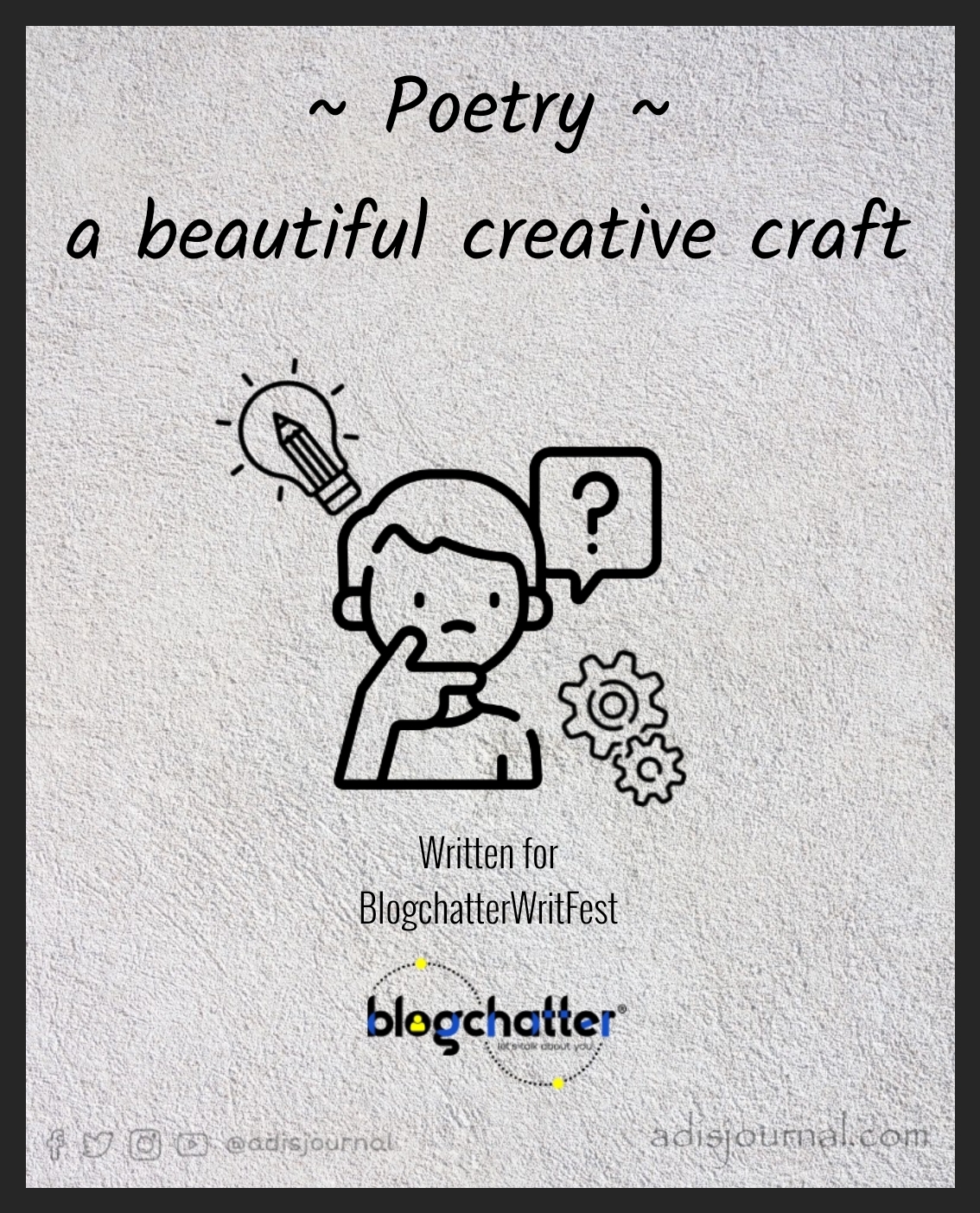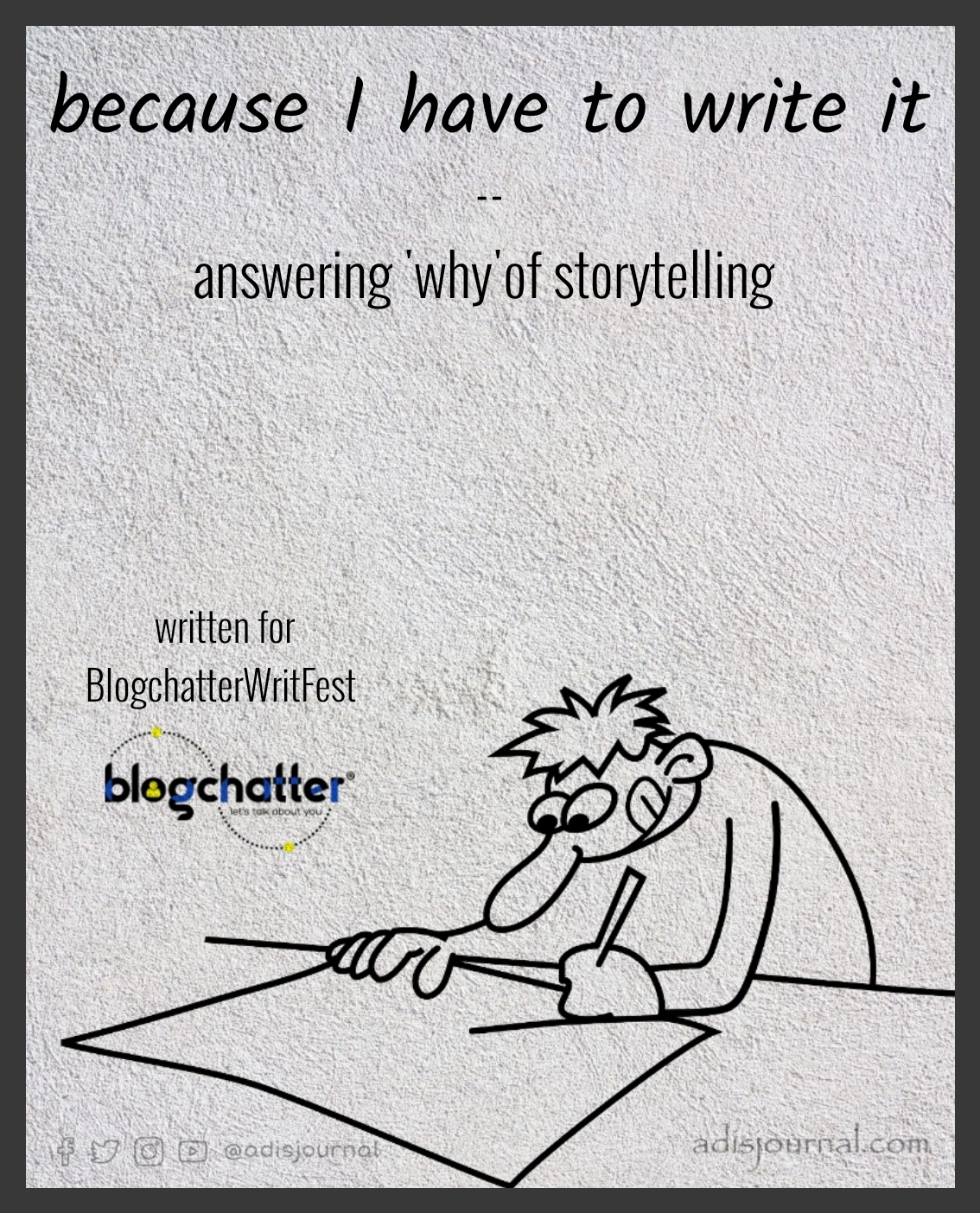
“My truth is the only truth and you all should bow down to it…” A thought cropped up in a human mind and the first spark of Ideological friction flamed. We used to express our differences of opinion by discussions and discourses. But now we as a society have stooped down the baser instincts of humans and took some bloody turns throughout human history. Today around us, we are witnessing rising tensions in various factions of society across the world. Schism is appearing on the surface.
The words ending with ‘ism’ have become gospel truths which are to be parroted and invoked without understanding the meaning, thoughts and philosophy behind it. Masses have flocked behind them and formed their sects and cults with “ready to die for” attitudes. Personally, I can accept it up to a limit. Believing in an idea or propagating it is a welcome thought. However, when you believe in a thought, you shouldn’t be against something. Nowadays, if you are a believer of one ‘ism’ you have to be ‘anti’ another.
Let me give you an example
Just think of the current state of Feminism. It started as a movement which started with a just cause, equality and rights. Today a few of the followers have taken a very different route. These days if you are a believer/supporter of feminism, some people think you have to be ‘Anti-men’. Feminism started as a fight for having equal rights and dignity, a proper balance. However, it appears from a few extreme views floating in the ether of this universe that this movement is trying to take up a path of ‘female supremacy’. But this will turn out to be a see-saw instead of a balance of justice. If we continue on this course, it will become a cyclical process.
Paolo Frier in his ‘Pedagogy of The Oppressed’ warns and reminds about the correct course for any movement. “The oppressed must not, in seeking to regain their humanity, become in turn oppressors of the oppressors, but rather restorers in the humanity of both.”
In today’s time of influential social media, information explosion, superfast internet and propaganda; polarisation is a very easy thing to achieve. Opportunists are always out there to harness this herd power for their own selfish reasons. It’s our duty as a society to be strong and keep our discretion and reason intact. Bioses are everywhere. Agents of chaos are lurking around to widen the schism of isms. It’s a call of the hour to be alert and think. Let’s unite together to work towards harmony and not fall prey to these schisms, “For vs Anti” divide.
This post is a part of Blogchatter Half Marathon 2023. If you like to read more of my thoughts, please check this…


